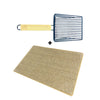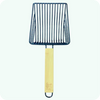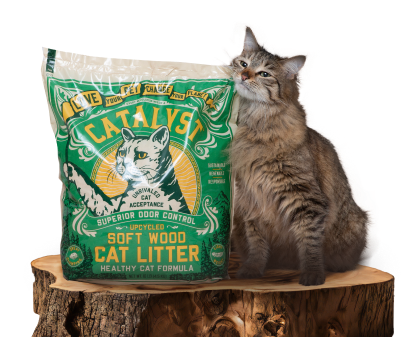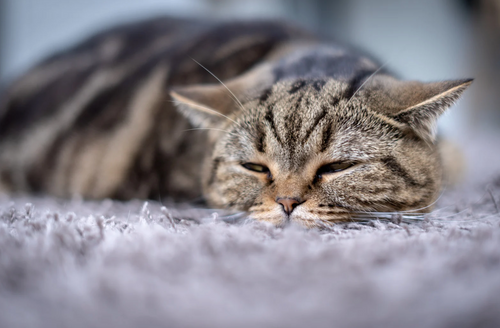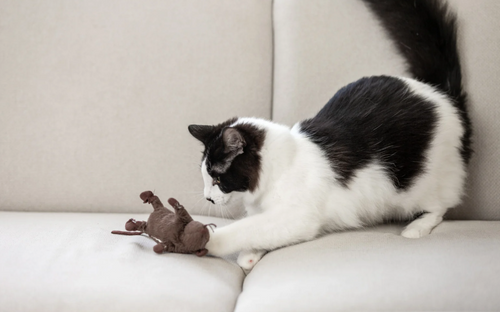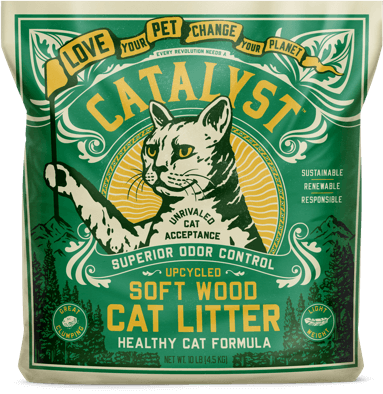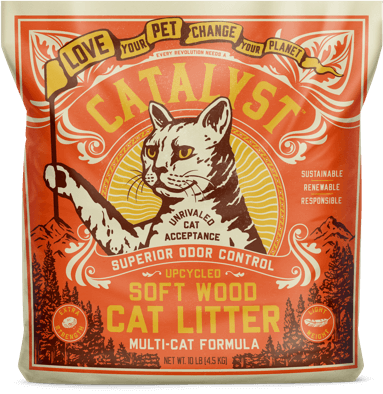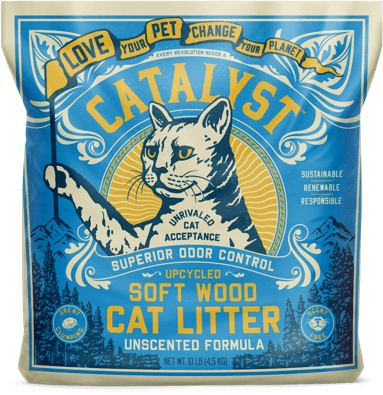As the temperatures start to dip, most of us think about grabbing heavier coats, turning up the heat, and making sure the pipes don’t freeze. But cold weather can also bring risks for our cats—whether they live strictly indoors or sometimes slip outside. With a little preparation, you can make sure your feline stays safe and comfortable all winter long.
Cold weather risks
For cats that sometimes go outdoors, even a few minutes in freezing temperatures can be risky. Frostbite and hypothermia are real concerns, especially for ears, paws, and tails. Community cats face these dangers daily, which is why caretakers often provide insulated shelters filled with straw (never blankets, which hold moisture). And if you have a cat that sometimes slips outside, it’s worth keeping a close eye on them in cold weather and making sure they have a safe, warm way back in. If you’d like to help outdoor cats in your area, consider setting up a simple DIY shelter or donating supplies like straw and sturdy storage bins to local rescue groups.
Another common but often overlooked risk is cars. In cold weather, cats may crawl under vehicles or even inside engine compartments for warmth. A quick knock on your car hood before starting the engine can help prevent accidents.
Indoor care
Even if your cat never sets foot outside, winter can affect them in small ways. Older cats or those with arthritis often feel stiffer in cold weather, so giving them a warm, soft bed in a draft-free spot makes a big difference. Heated cat beds or safe heating pads designed for pets can be especially helpful.
And while your cat may not need as much enrichment as an outdoor explorer, a little extra playtime helps beat the winter blues. Wand toys, puzzle feeders or simply rotating their usual toys can keep them active and engaged when the days are short.
Seasonal hazards
Cold weather also brings hidden household dangers. Antifreeze, for example, is highly toxic to cats, but its sweet taste makes it appealing if they find a spill in a garage or driveway. Keep it—and other winter chemicals—well out of reach, and clean up spills right away.
Salt and ice melt used on sidewalks and driveways can irritate paw pads or cause stomach upset if licked. Wiping your cat’s paws with a damp cloth when they come inside is a quick, easy habit that helps.
Of course, winter also means the holiday season, which brings its own risks—think tinsel, ribbons, candles, and certain festive plants. We’ve covered those risks in more detail in our Holiday Safety Guide for Cat Owners.
The good news is that keeping your cat safe during cold weather mostly comes down to a few mindful habits. Preventing escapes, checking under cars, cleaning up winter chemicals and offering warm, cozy spaces inside all go a long way. And for community cats, small acts of kindness—like leaving out unfrozen water or supporting local caretakers—can make the difference between struggling and surviving.
Winter can be tough, but cats are resilient. With a little extra care, your feline can spend the season doing what they do best: napping, purring and keeping you company on the couch while the weather does its thing outside.

